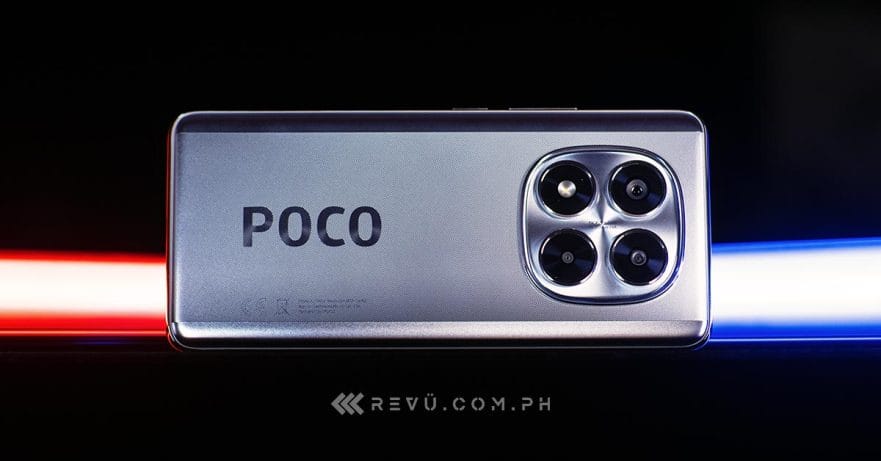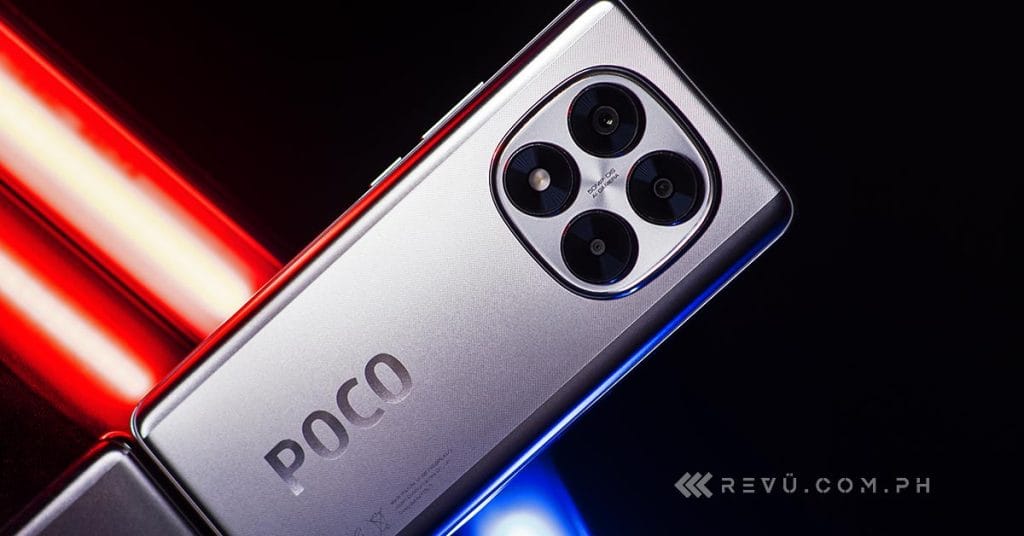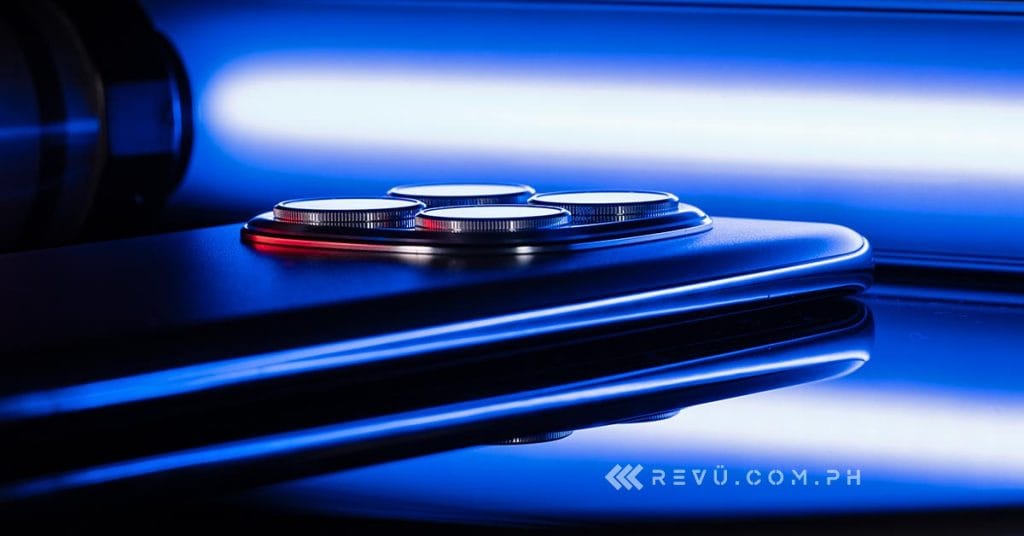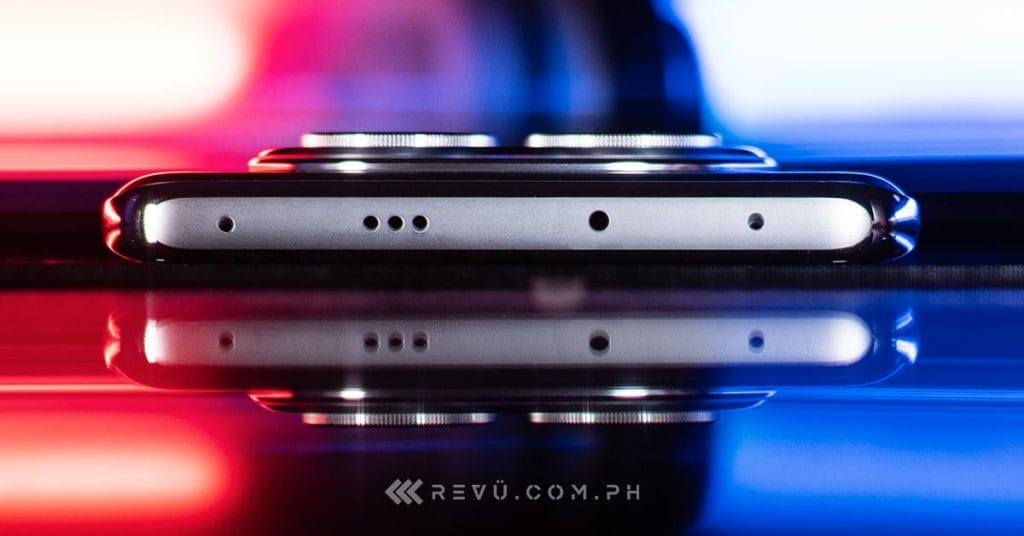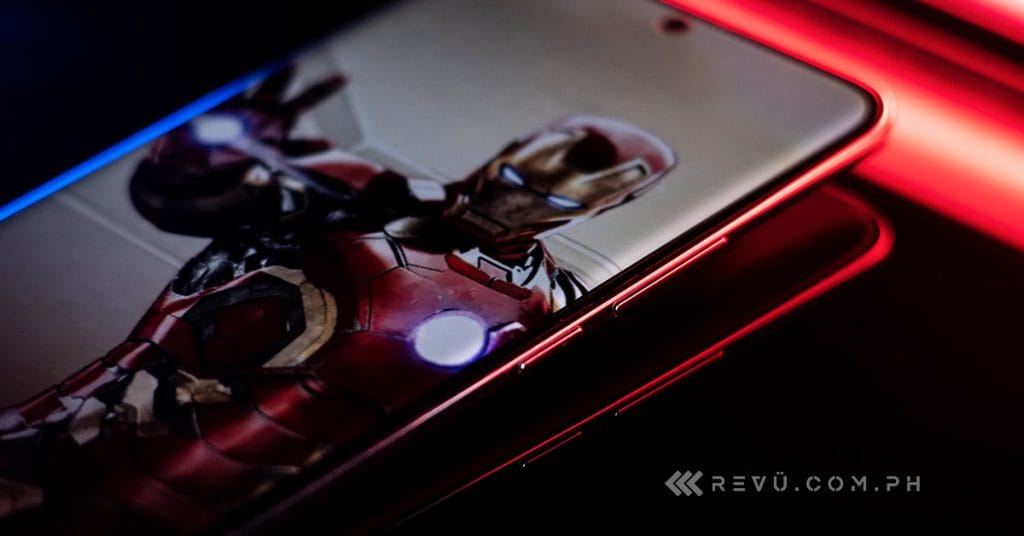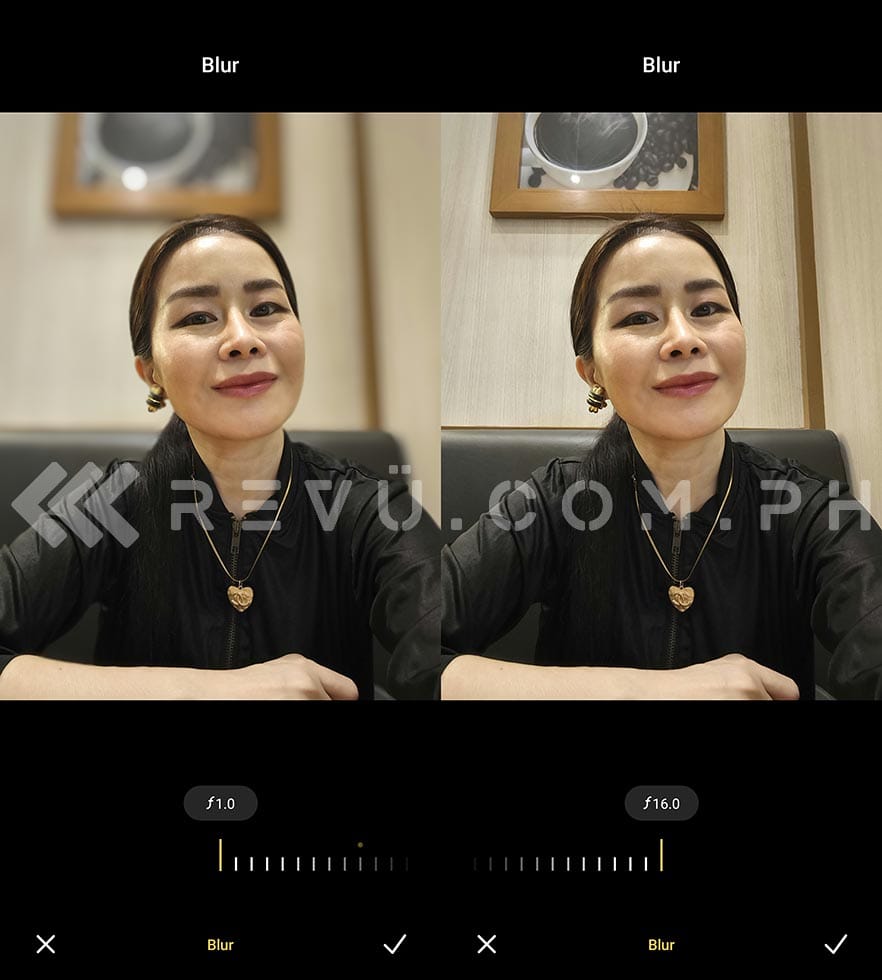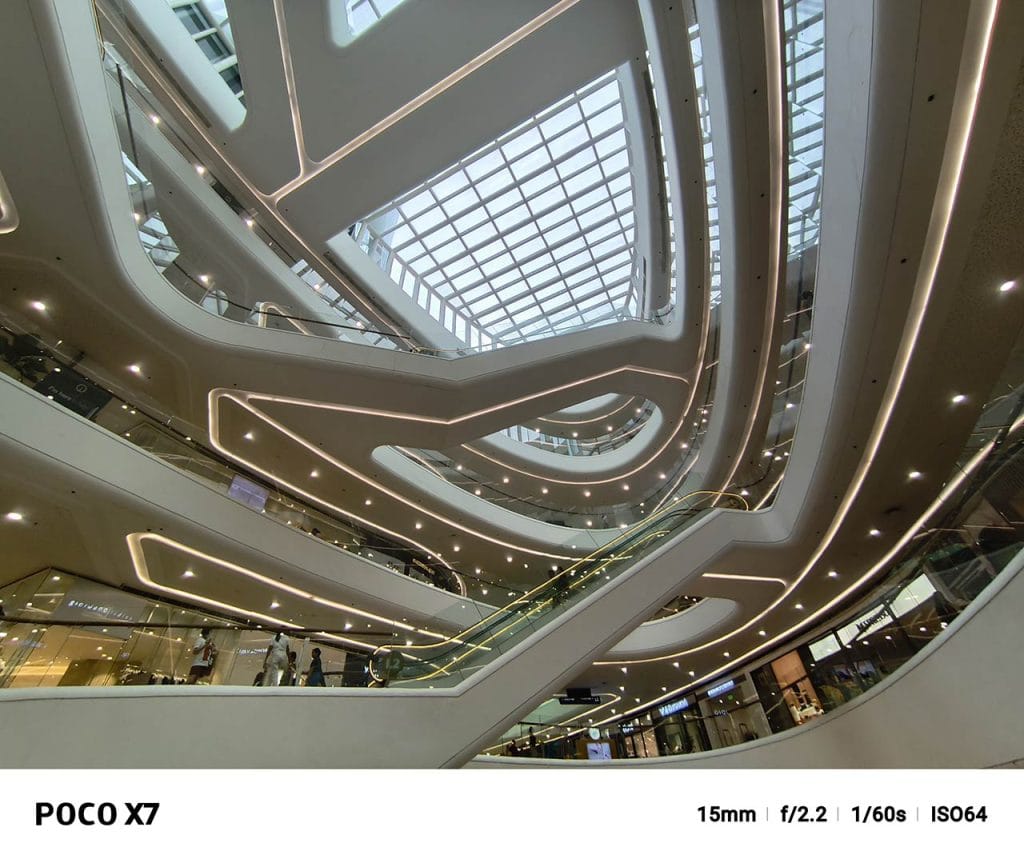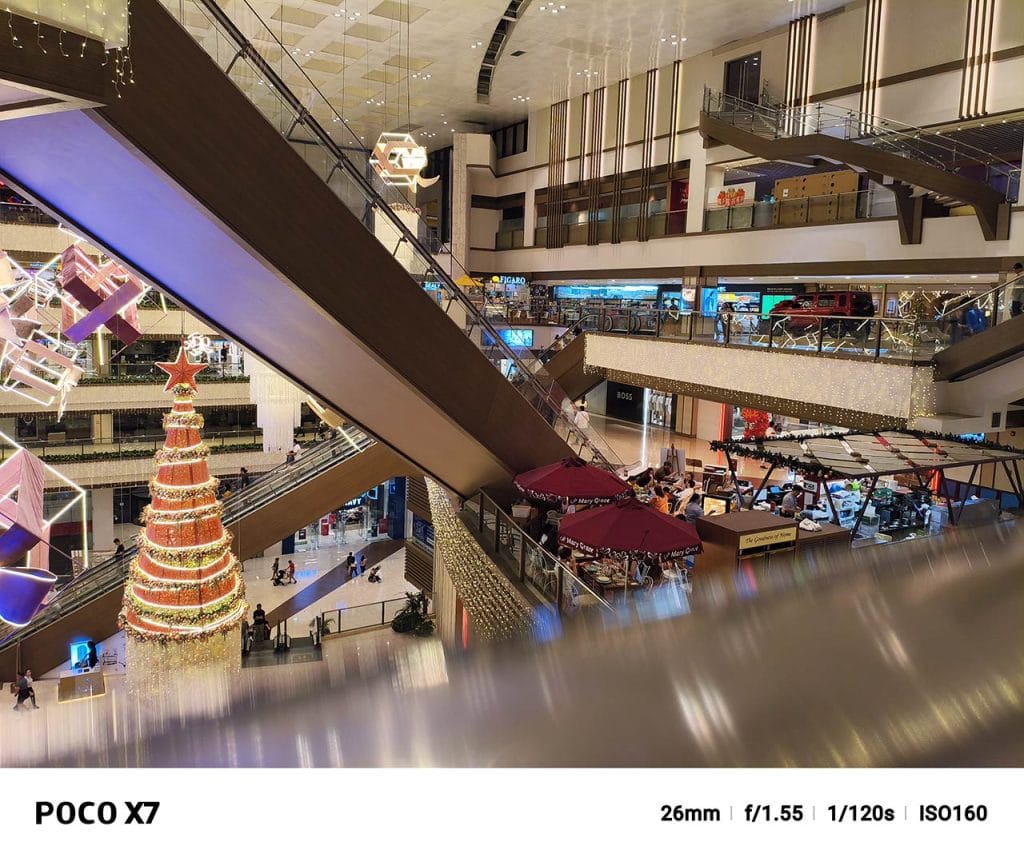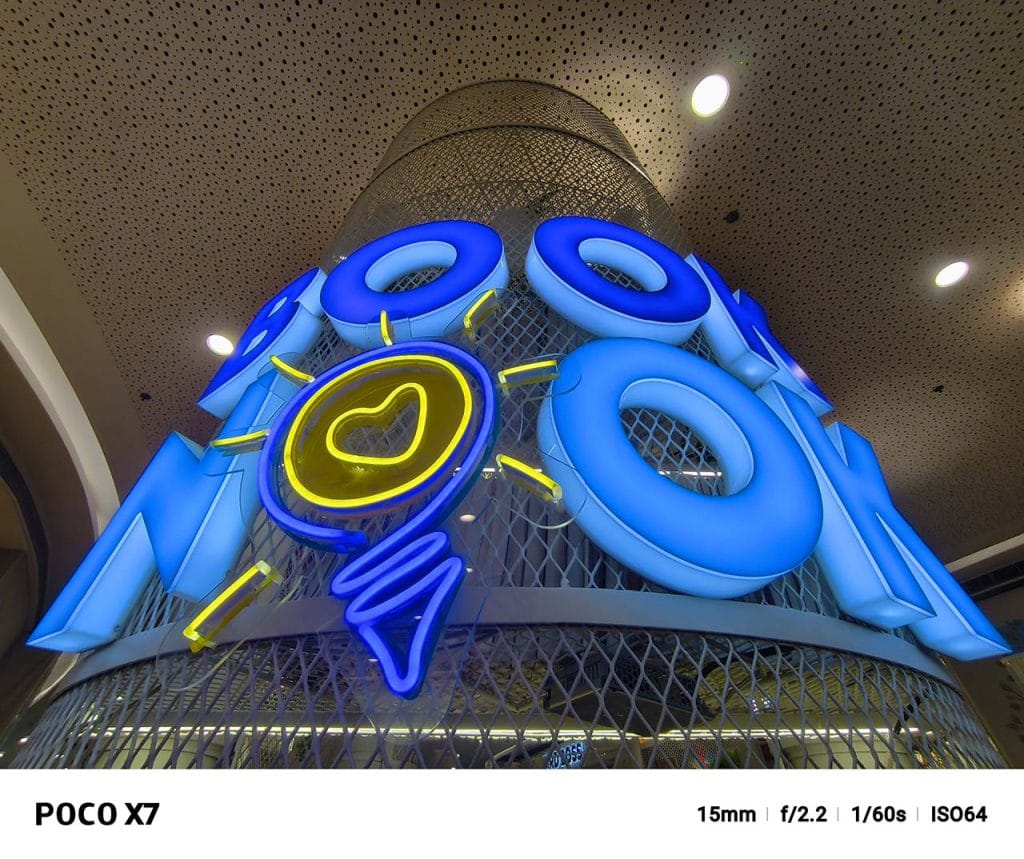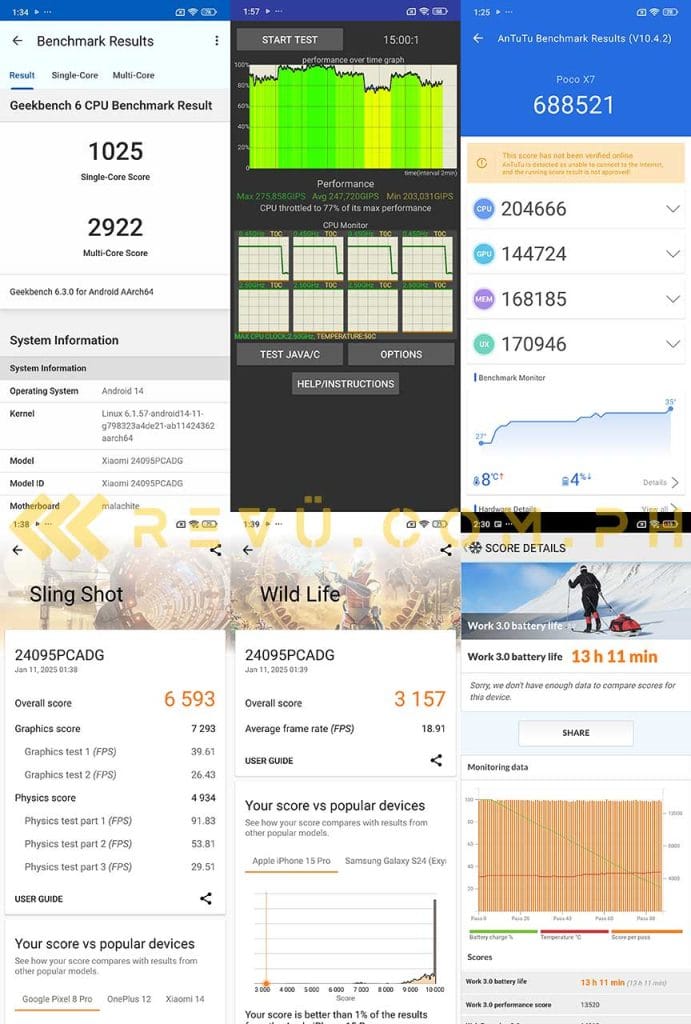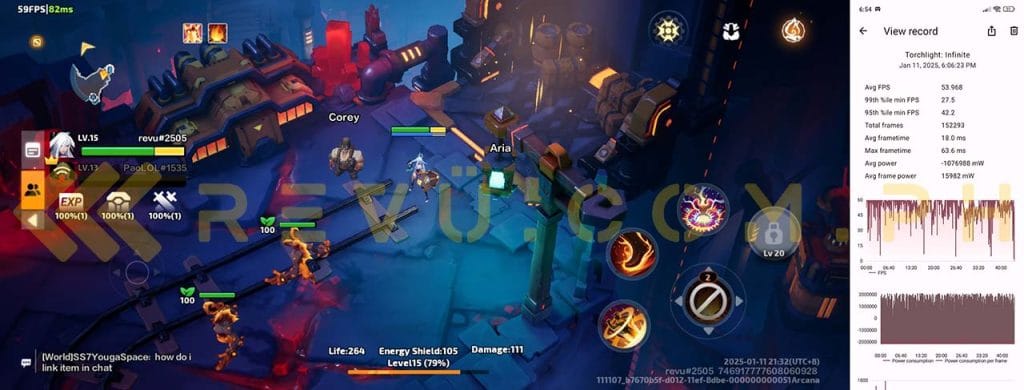Xiaomi‘s POCO lineup has always been a force to be reckoned with in the fiercely competitive value-priced phone market, and the POCO X7 Series is its latest contender.
With the newly launched line, POCO is making a serious play for the flagship market. Xiaomi has thrown everything but the kitchen sink at these smartphones, including a curved AMOLED display on the POCO X7 and a flagship-grade chipset in the POCO X7 Pro. But today, we’re focusing on the standard model, priced from P14,999 (roughly $256 converted) in the Philippines. Can it live up to the hype and build on the success of previous POCO devices, or does it stumble out of the gate? Let’s find out.
Breaking boundaries, not budgets
Xiaomi’s POCO X7 aims to deliver a sub-flagship experience that doesn’t feel like a compromise. Aimed squarely at young, value-conscious users in emerging markets like the Philippines, the phone manages to impress with a surprisingly premium design and modern aesthetic.
SEE ALSO: Watch: POCO X7 gaming test
Our silver unit showcases a striking contrast between a shiny metallic finish and a matte backplate. Not only does this look slick, but it also means the handset stays remarkably free of fingerprints and smudges. Even more striking is the introduction of curves to both the front and back — a first for the POCO line. This ergonomic choice makes the POCO X7 incredibly comfortable to hold and use, especially for extended periods, unlike some of its boxier competitors.
@revuphilippines We unbox the #POCOX7, the base model of the newly launched #POCOX7Series! Get to know more about it and the more premium #POCOX7Pro and #POCOX7ProIronManEdition at www.revu.com.ph / #RevuDotComDotPH. Philippine and global pricing included! #POCOX7SeriesLaunch #POCOXMarvel #Marvel #FullSpeedAhead @POCO Philippines @POCO.Global @Xiaomi Philippines @Xiaomi @monch @Alora Uy Guerrero ♬ original sound – Revu Philippines
Our POCO X7 unboxing video
While gamers might miss the sharp edges found on iPhone-like devices, the POCO X7’s curves are likely to have wider appeal. One small caveat: The phone’s thin frame is plastic, not metal. However, Xiaomi has seemingly compensated for this with a cushioning internal structure similar to what we saw in the HONOR X7c 5G, which should bolster its drop resistance.
And speaking of durability, the POCO X7 boasts a full IP68 rating for dust and water resistance — a welcome upgrade from the mere splash protection found on previous models. The curved AMOLED display is further protected by Corning’s Gorilla Glass Victus 2, the toughest glass ever featured on a POCO handset.
Flip the phone over, and you’ll be greeted by a bold, vertical POCO logo in matching silver. It’s definitely a statement, and while some might find it a tad oversized, it undeniably reinforces the brand’s identity. The redesigned camera housing, now centered with rounded corners, gives off some serious Redmi Note 14 Series vibes. It’s quite a chunky affair, with four separate rings for the three cameras and LED flash. But hey, at least that means the smartphone sits flat on your desk without any annoying wobble.
Like its predecessors, the POCO X7 packs a stereo-speaker setup. One speaker fires from the bottom edge next to the USB-C port, while the other is tucked away at the top near the IR blaster and a pair of extra microphones. There’s also a virtual proximity sensor up top. This technology is designed to detect when you’re holding the device to your ear during a call, allowing it to turn off the display and prevent accidental touches. It seems to work reliably on this model — no major complaints here.
The POCO X7 supports Dolby Atmos for sound enhancement, and it’s even enabled by default, adding a welcome bit of oomph to your audio experience. The top speaker pulls double duty as an earpiece. While it’s a bit quieter and lacks the thump of its bottom-firing counterpart, the overall audio balance is good. In fact, the loudness and quality are pretty much on a par with the best-sounding phones in this price segment. This stereo-speaker system delivers impressive loudness, and the sound quality is decent overall, with well-presented highs and vocals, and even a hint of bass.
Curved AMOLED on a POCO, finally
Outside of the curved glow-up, the brand sticks with a familiar formula for the POCO X7’s display, sporting an AMOLED panel with specs largely similar to what we saw on the POCO X6. That means you get a crisper-than-FHD 1220p resolution, vibrant 12-bit color depth, and a buttery-smooth 120Hz refresh rate. Naturally, HDR10+ and Dolby Vision are both supported — and we can confirm Netflix compatibility on our unit — making for a truly immersive viewing experience.
Xiaomi claims the POCO X7’s display can hit a typical brightness of 500 nits, a max of 1,200 nits, and a peak brightness of a whopping 3,000 nits. That’s a serious upgrade over its predecessor and should make it far more usable outdoors, even under direct sunlight.
Beyond the brightness boost, the screen gets a durability upgrade thanks to a layer of Gorilla Glass Victus 2. Previously reserved for flagship phones, this toughened glass is said to survive drops of up to 1 meter on concrete and 2 meters on asphalt. While we wouldn’t recommend putting that to the test, it should offer some peace of mind.
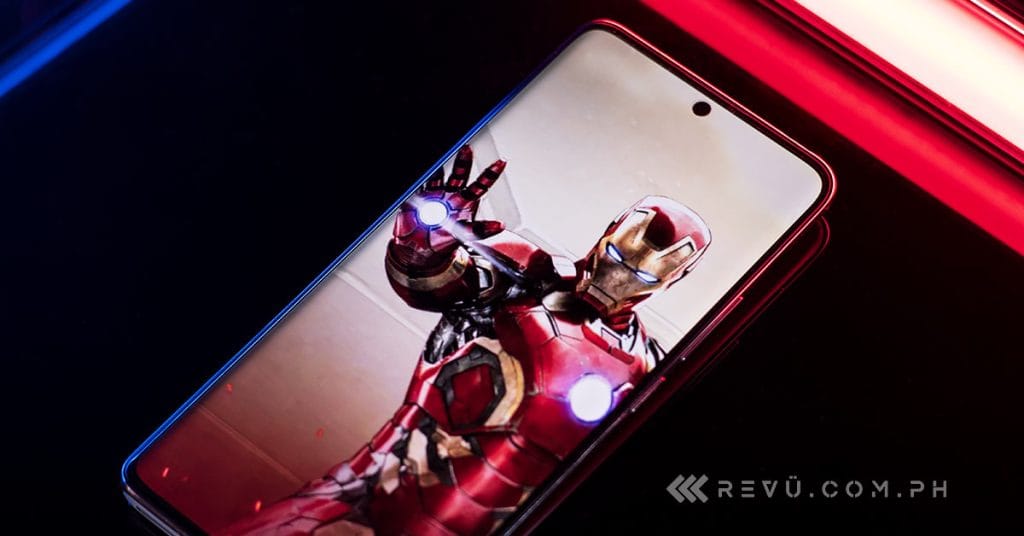
As for that 120Hz refresh rate, it’s not always active. The POCO X7 can dynamically switch between 120Hz, 90Hz, and a standard 60Hz depending on the content. So, while you’ll get that silky-smooth scrolling most of the time, things like still images will drop to 60Hz. Similarly, some apps and games won’t utilize the full refresh rate.
Decent daylight snaps
The POCO X7 rocks a triple camera setup at the back, along with a punch-hole selfie shooter up front. You get a 50-megapixel primary image sensor with optical image stabilization, an 8-megapixel ultrawide, a 2-megapixel macro option that’s more of a filler, and a 20-megapixel selfie camera.
Let’s start with the main sensor. By default, it delivers 12.5-megapixel photos, and they’re actually pretty decent. Dynamic range is wide, noise is kept at bay, and contrast is acceptable. Like the POCO X6 before it, the POCO X7 offers 2x in-sensor zoom. You can also capture full-resolution 50-megapixel shots, which is probably your best bet for squeezing out more detail if you need to crop in for a pseudo-2x zoom.
That said, don’t expect miracles. Resolved detail is average at best, colors tend to be a bit oversaturated, and there’s a noticeable overprocessed look that can give pictures a somewhat washed-out vibe. Unfortunately, the 8-megapixel ultrawide camera follows a similar pattern. As for the macro camera? Well, let’s just say it’s there if you really need it, but don’t expect much in terms of detail or color accuracy.
Portraits are more promising. Subject separation is surprisingly good, and the simulated bokeh effect looks believable. POCO even gives you the option to edit the intensity of the background blur after the shot, so you can adjust the depth of field as you see fit. Dynamic range and contrast are also solid. The same goes for the 2x Portrait mode, which essentially crops and upscales the regular portrait — making it perfectly usable for social media.
Meanwhile, those 20-megapixel selfies are actually upscaled from a 5-megapixel sensor. You can tell, as the resolved detail is average and there’s a general softness to the images. Still, they’re perfectly adequate for social media, with decent color accuracy and dynamic range.
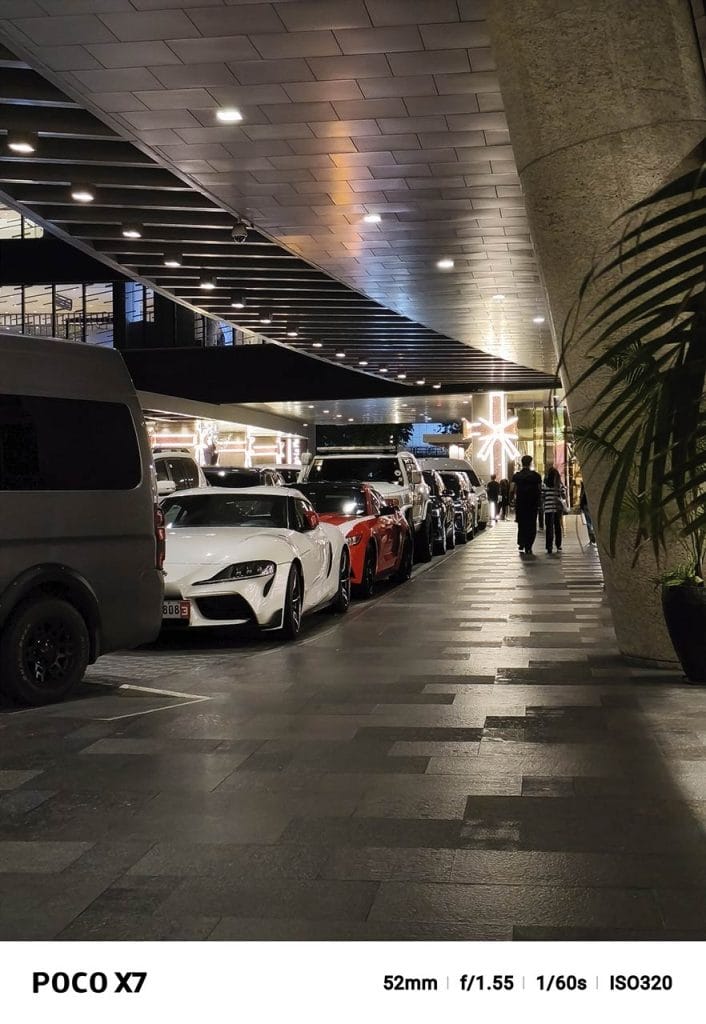
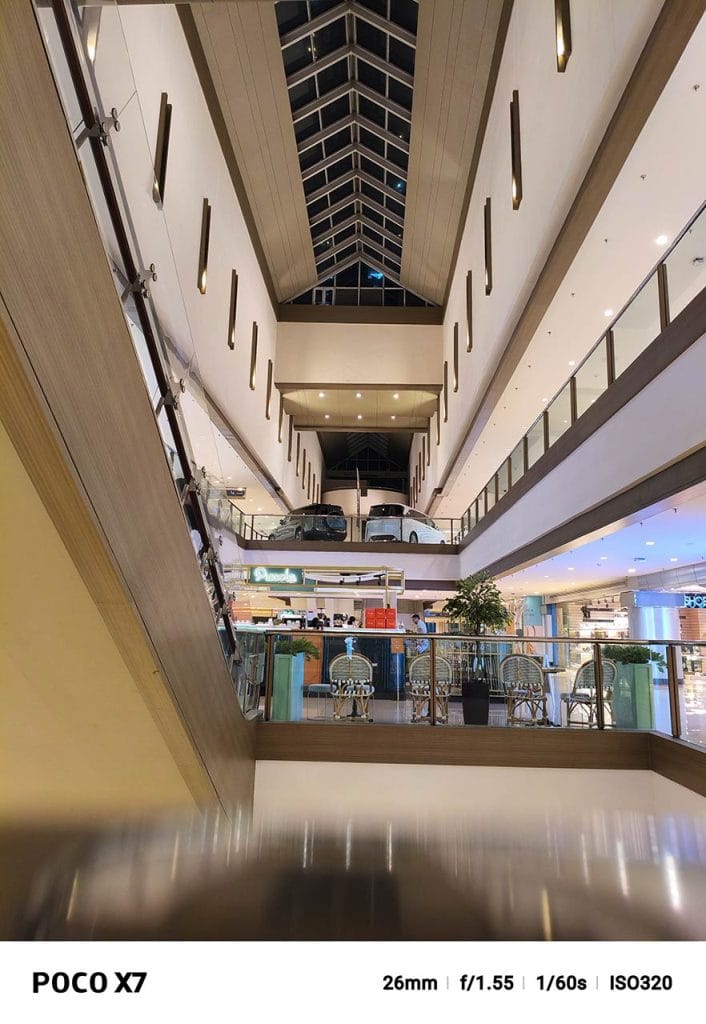
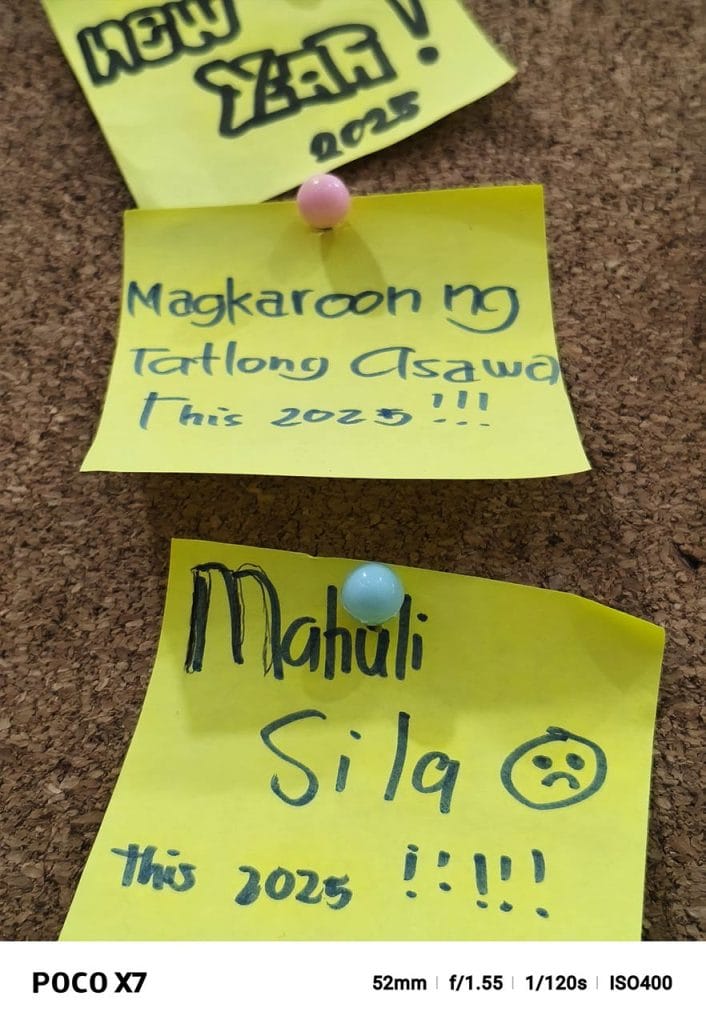

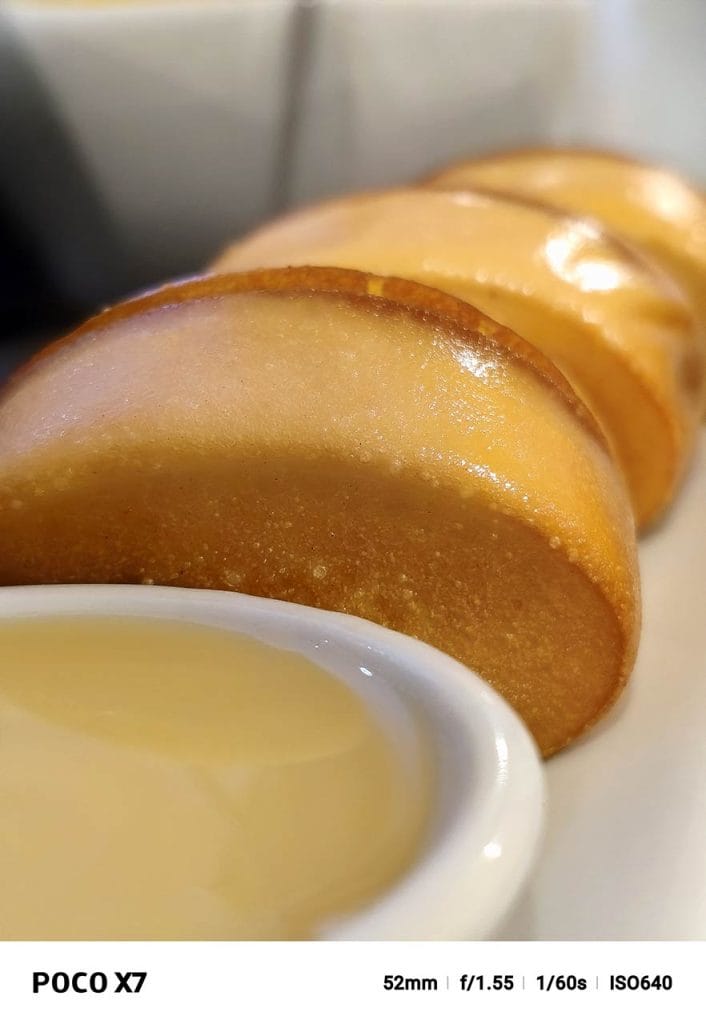
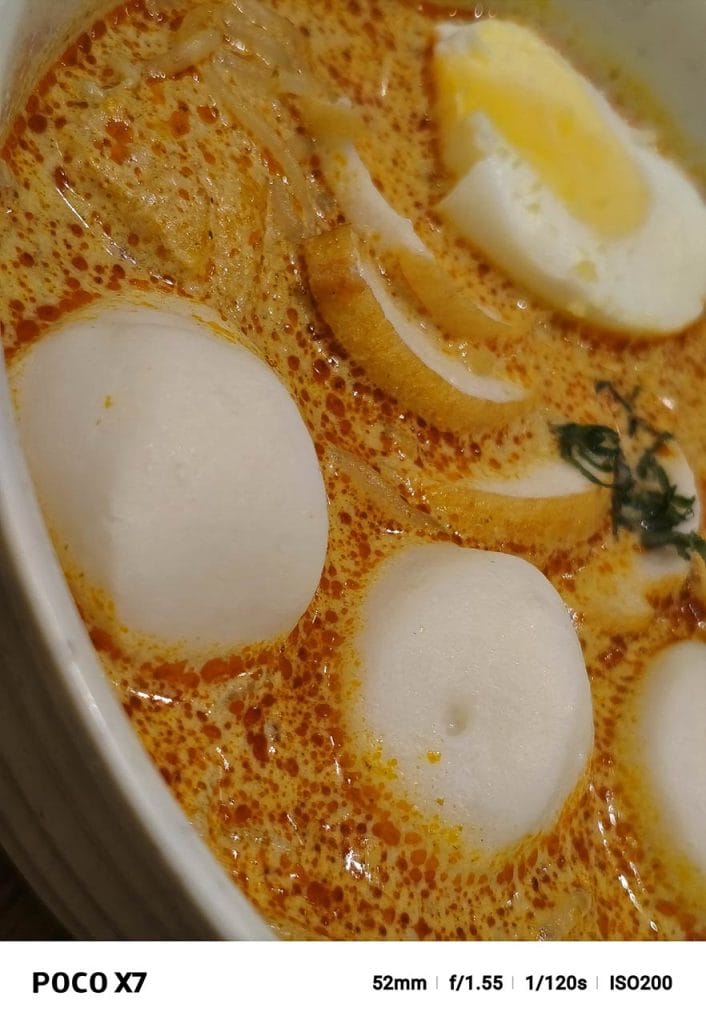
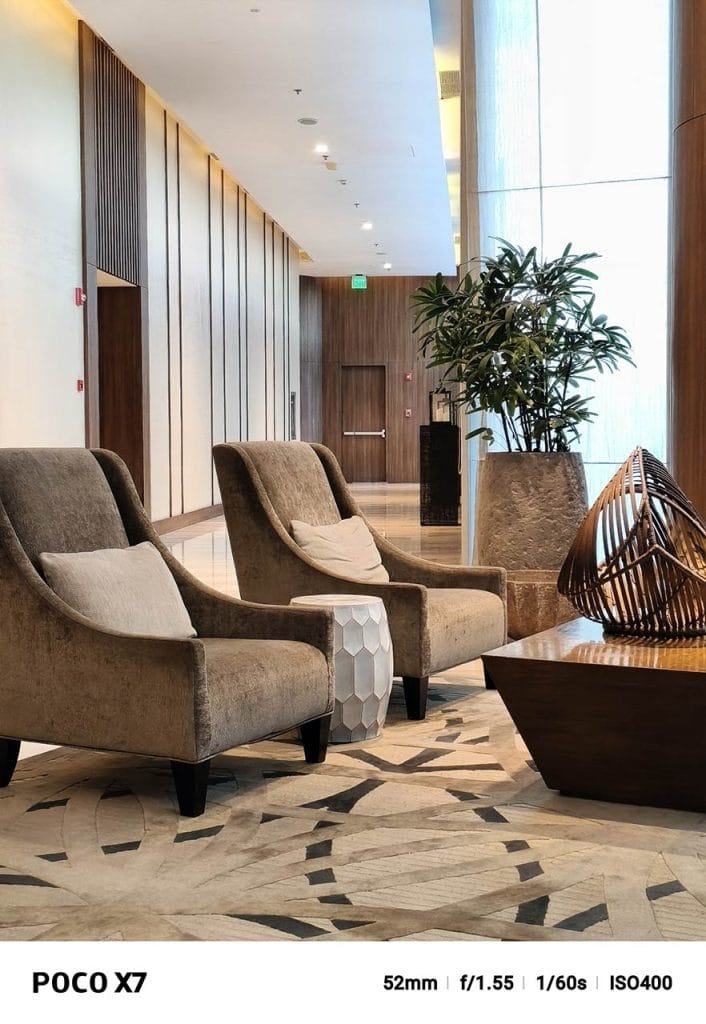
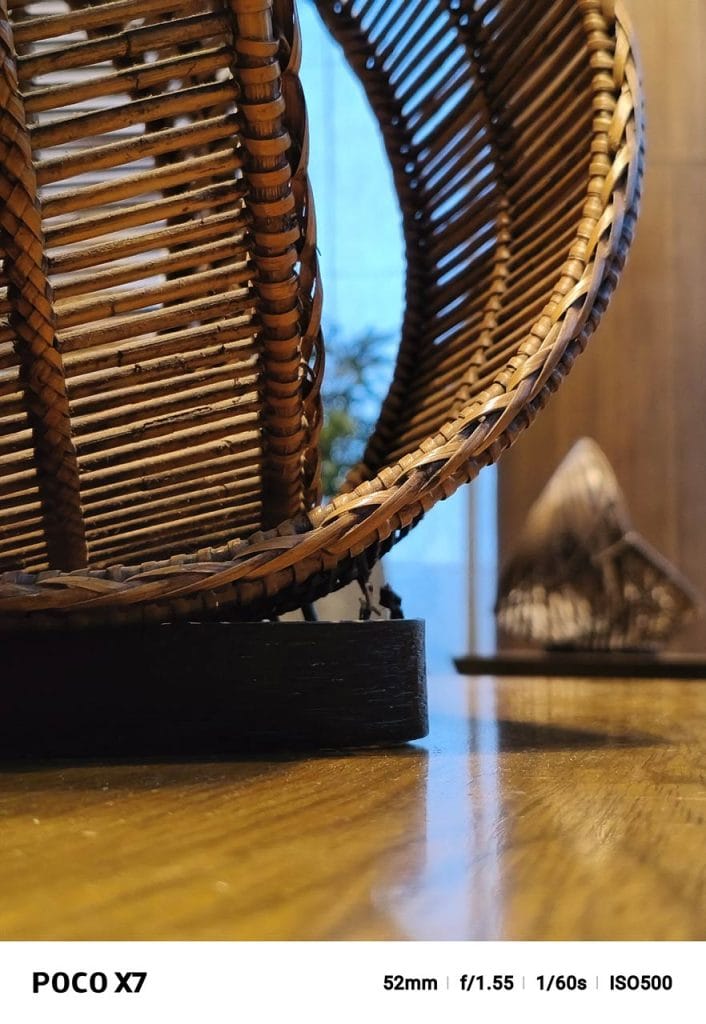

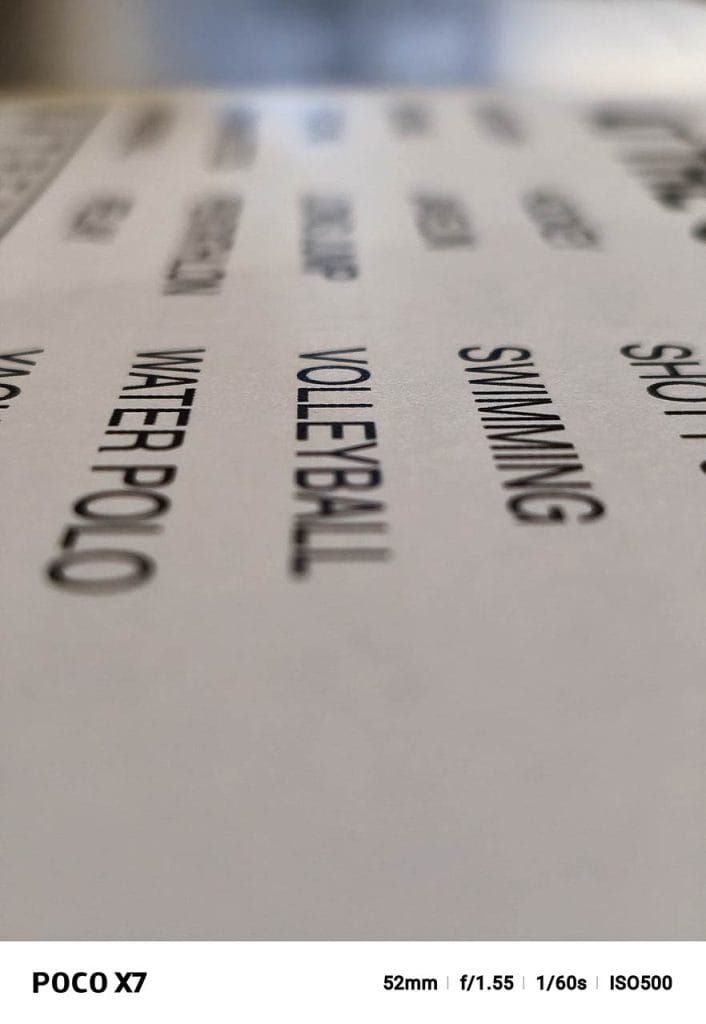


Sample shots
Video recording on the POCO X7 is a bit of a mixed bag, too. The main camera can handle 4K resolution at 30fps or up to 1080p at 60fps. The ultrawide, on the other hand, tops out at 1080p at 30fps, and that 2-megapixel macro sensor is limited to 720p at 30fps. On the plus side, the selfie camera can capture 1080p video at a smooth 60fps.
When it comes to video, the 50-megapixel camera can capture some pretty impressive 4K footage in daylight, providing some detailed footage with minimal noise, accurate colors, and good dynamic range and contrast. If you need to zoom, though, be warned that the 2x zoomed videos are just upscaled from the standard footage, so expect some softness.
Ultimately, the POCO X7’s camera system isn’t its strongest suit. It’s not going to replace your dedicated camera anytime soon, but for everyday snapshots and casual videos, it gets the job done pretty well.
Different chipmaker, similar results
This time around, POCO has opted for a MediaTek Dimensity 7300-Ultra 5G chipset to power the POCO X7, a departure from the Qualcomm silicon found in last year’s model. Built on a 4nm process, it’s roughly comparable to the Snapdragon 7s Gen 2 that powered the X6. In the Philippines, you get three memory configurations, starting with a base 8GB/256GB option and climbing all the way up to 12GB of LPDDR4X RAM and 512GB of UFS 2.2 storage. Choose wisely, though, as there’s no microSD card slot for expansion.
POCO’s switch to MediaTek doesn’t seem to have yielded any significant performance gains. In our testing, the POCO X7 performed almost identically to its predecessor. It pulled a respectable 646,585 in Antutu Benchmark with Performance mode enabled and scored 1,025 and 2,922 in Geekbench’s single- and multi-core tests, respectively.
That’s not to say the Dimensity 7300-Ultra is a slouch. Everyday tasks like browsing and streaming are handled with ease, and even demanding games like Genshin Impact run reasonably well at medium settings. We also fired up Torchlight Infinite, a free Diablo-like action RPG for mobile devices and PCs. While the game is not quite as graphically intense as Genshin Impact, it ran at a smooth 60fps with all the graphical bells and whistles cranked up.
Perhaps more importantly, the POCO X7 managed to keep its cool under pressure. Internal temperatures consistently stayed below 40 degrees Celsius, and we saw no signs of thermal throttling. According to the CPU Throttling Test app, the CPU throttled to just 77% of its peak performance, which is quite impressive.
However, if raw power is what you crave, the POCO X7 Pro, with its flagship-grade MediaTek Dimensity 8400-Ultra, is clearly the better prospect. That chip can reportedly hit 1.7 million in Antutu — nearly triple the score of the regular version.
The POCO X7 packs a 5,110mAh battery, the same capacity as its predecessor. In our PCMark battery-rundown test, our unit managed a respectable 13 hours and 11 minutes, which is pretty decent considering the battery size.
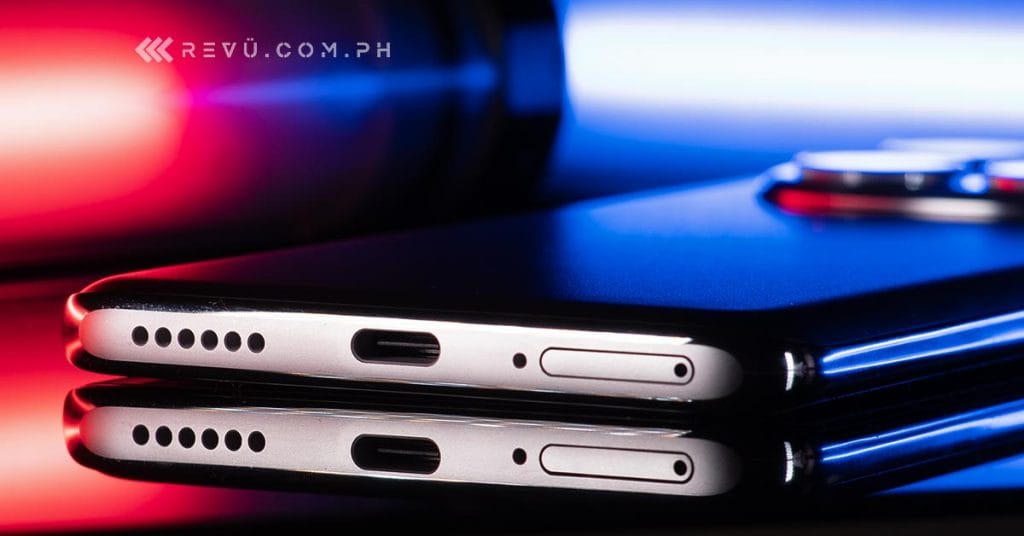
When it comes to charging, the new smartphone supports 45-watt fast charging and even includes a compatible charger in the box. We clocked 65% in half an hour and a full charge in about 70 minutes. That means you can easily top up the battery and get back to your day without being tethered to the wall for long.
Final thoughts
The POCO X7 is a compelling option for budget-minded consumers who aren’t willing to compromise on design or features. It’s a stylish device with a vibrant display, capable performance, and a decent camera system. While it may not be the absolute best performer in its class, and the camera system has its limitations, the device offers a well-rounded package that’s hard to beat at its price point.
If you’re looking for a phone that looks and feels premium without breaking the bank, the POCO X7 is definitely worth considering. However, power users and mobile gamers might want to look at the X7 Pro, which offers a significant performance boost for a palatable price increase.
We’ve brought down a lot of Pro features down to the number model #POCOX7, this is the closest the two has ever been. pic.twitter.com/L3dD5lh3w2
— POCO (@POCOGlobal) January 9, 2025
The POCO X7 at a glance
POCO X7 specs
- 6.67-inch AMOLED curved display, 1.5K resolution, 120Hz refresh rate, 3,000 nits peak brightness, Dolby Vision, HDR10+, Corning Gorilla Glass Victus 2
- 4nm MediaTek Dimensity 7300-Ultra 5G chipset
- Mali-G615 GPU
- 8GB/12GB LPDDR4X RAM
- 256GB/512GB UFS 2.2 storage
- Triple 50-megapixel main sensor with OIS, 8-megapixel ultrawide camera, 2-megapixel macro rear cameras
- 20-megapixel front camera
- Under-display fingerprint reader
- IP68 rating
- Dual speakers
- 5,110mAh battery with 45-watt fast charging
- HyperOS based on Android 14
- Color: Black, Green, Silver
Share this Post


